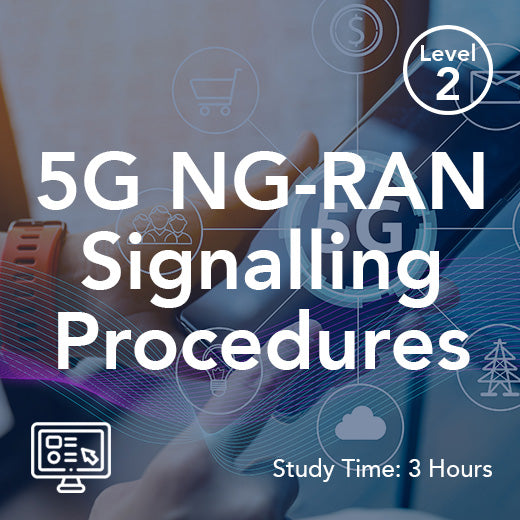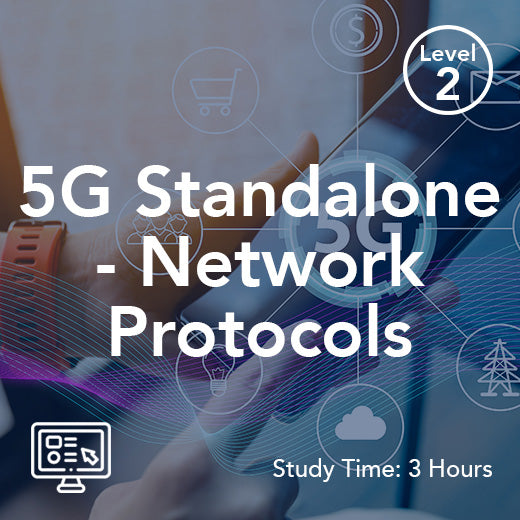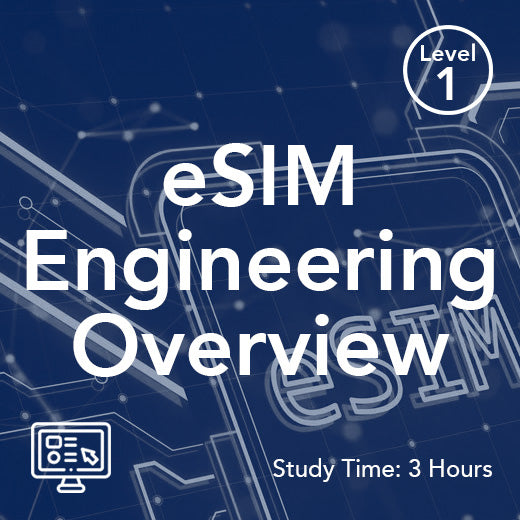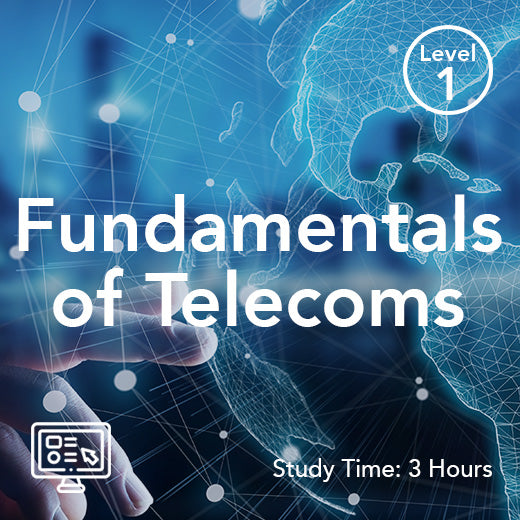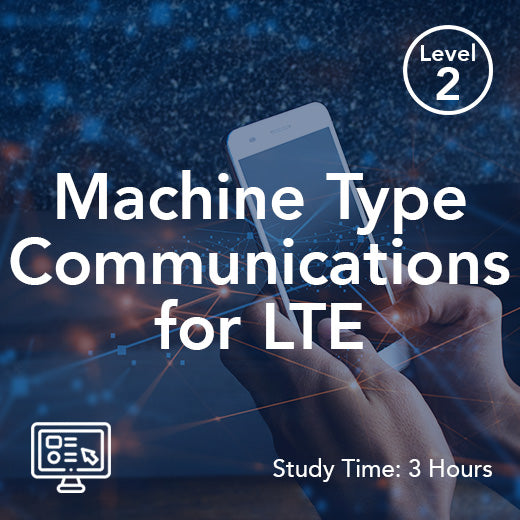token ring
- , par Paul Waite
- 2 min temps de lecture
Token Ring was a networking technology that played a significant role in the evolution of telecommunications in the United Kingdom. Developed in the 1980s, Token Ring was a local area network (LAN) protocol that allowed computers to communicate with each other in a ring or star topology. This technology was widely adopted by businesses and organisations in the UK as it provided a reliable and efficient way to connect multiple devices within a network.
One of the key features of Token Ring was its use of a token passing mechanism to regulate access to the network. In a Token Ring network, a special data packet known as the token was passed from one device to another in a sequential manner. Only the device in possession of the token was allowed to transmit data, ensuring that there were no collisions or data loss on the network. This method of access control made Token Ring networks highly efficient and reliable, especially in environments where data integrity was crucial.
In the UK, many businesses and institutions relied on Token Ring technology to support their networking needs. Banks, government agencies, and large corporations were among the early adopters of Token Ring networks due to their high level of reliability and performance. The structured nature of Token Ring networks made them well-suited for handling mission-critical applications and sensitive data, which were common requirements for organisations in the UK.
Despite its advantages, Token Ring technology eventually fell out of favour in the UK and worldwide due to the emergence of newer and faster networking standards such as Ethernet. Ethernet offered higher data transfer speeds and greater flexibility compared to Token Ring, making it a more attractive option for businesses looking to upgrade their networks. As a result, many organisations in the UK transitioned from Token Ring to Ethernet-based networks in the 1990s and early 2000s.
Although Token Ring is no longer widely used in the UK, its legacy lives on in the form of the principles and concepts it introduced to the field of networking. The token passing mechanism used in Token Ring networks inspired the development of other access control methods such as Carrier Sense Multiple Access with Collision Detection (CSMA/CD) used in Ethernet networks. Additionally, the emphasis on reliability and data integrity in Token Ring networks continues to influence the design and implementation of modern networking technologies.
In conclusion, Token Ring was a groundbreaking technology that made a significant impact on the telecommunications industry in the UK. While it may no longer be in widespread use today, the legacy of Token Ring lives on in the evolution of networking standards and protocols. Its emphasis on reliability, efficiency, and data integrity has left a lasting impression on the way networks are designed and operated in the UK and beyond.

![[FN06sh] 5G AVANCÉ (à la demande)](http://wraycastle.com/cdn/shop/files/5G-Advanced.jpg?v=1741086243&width=645)

